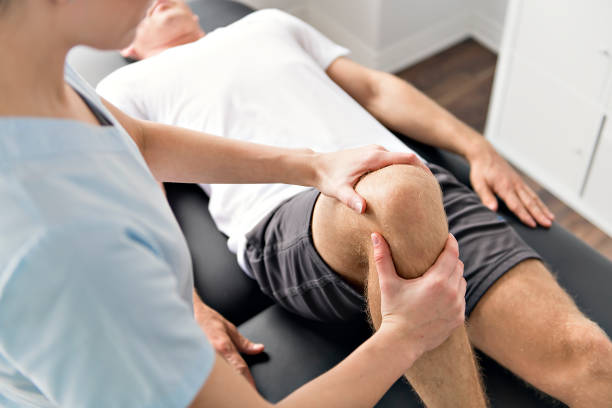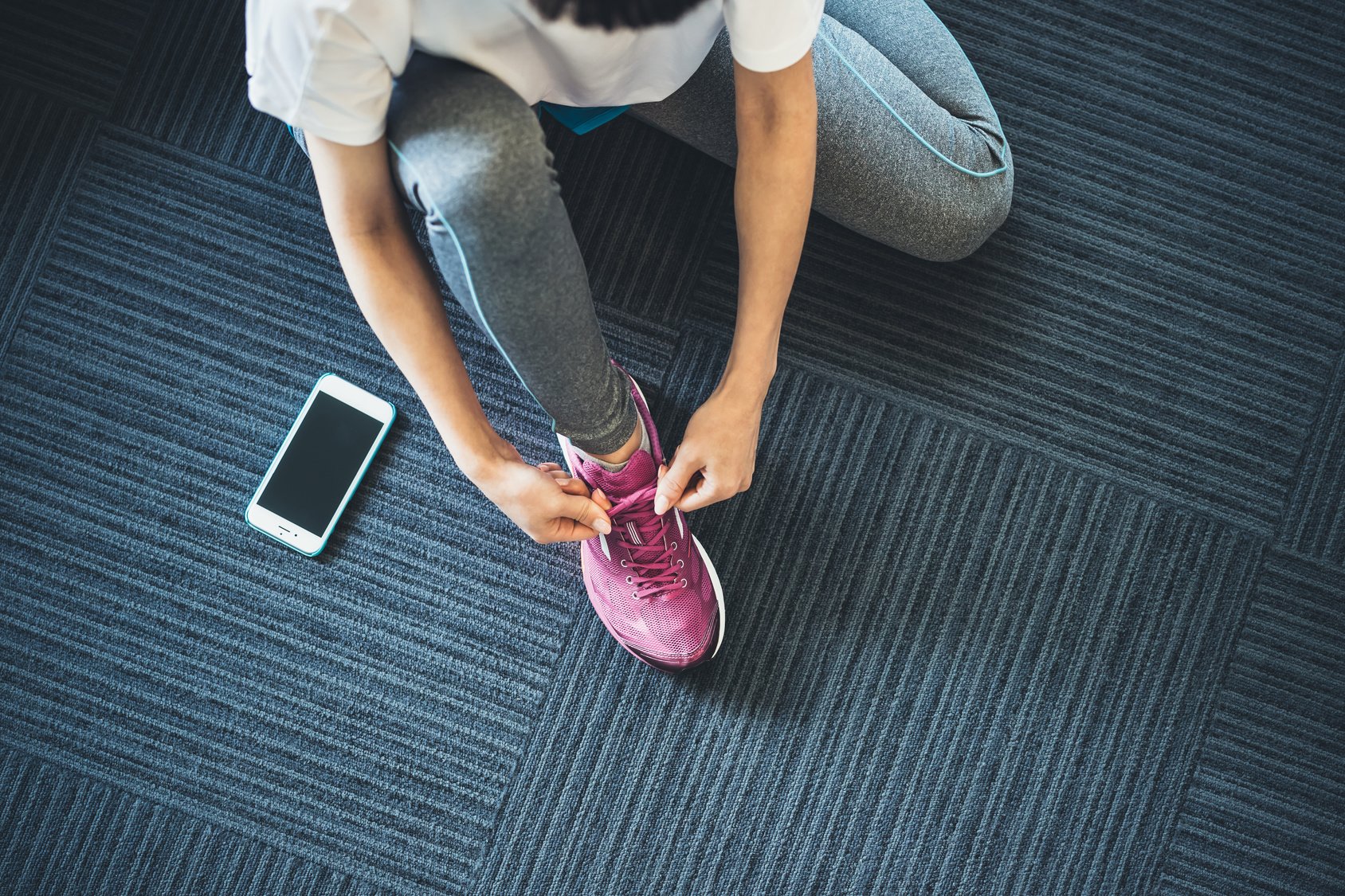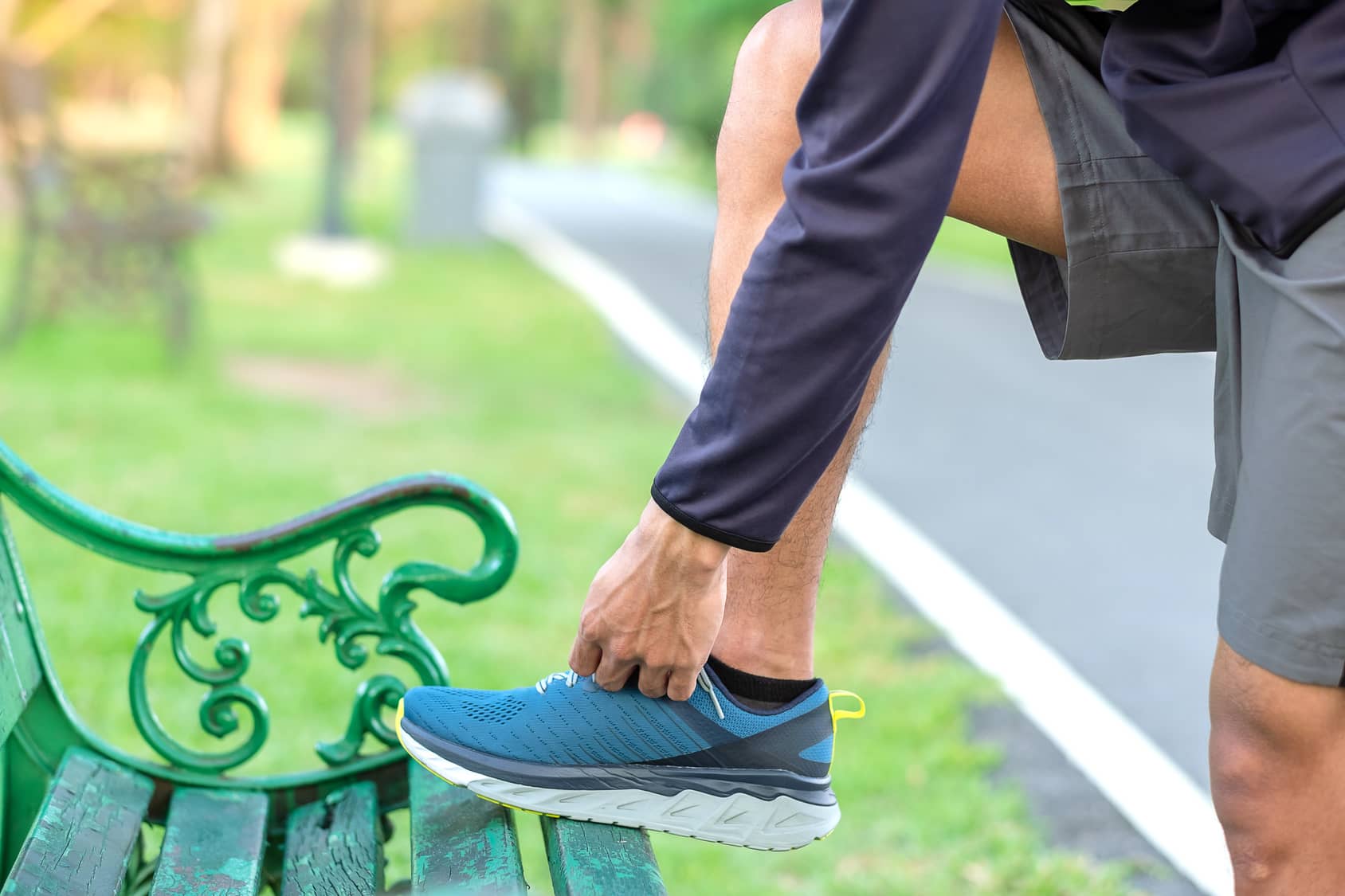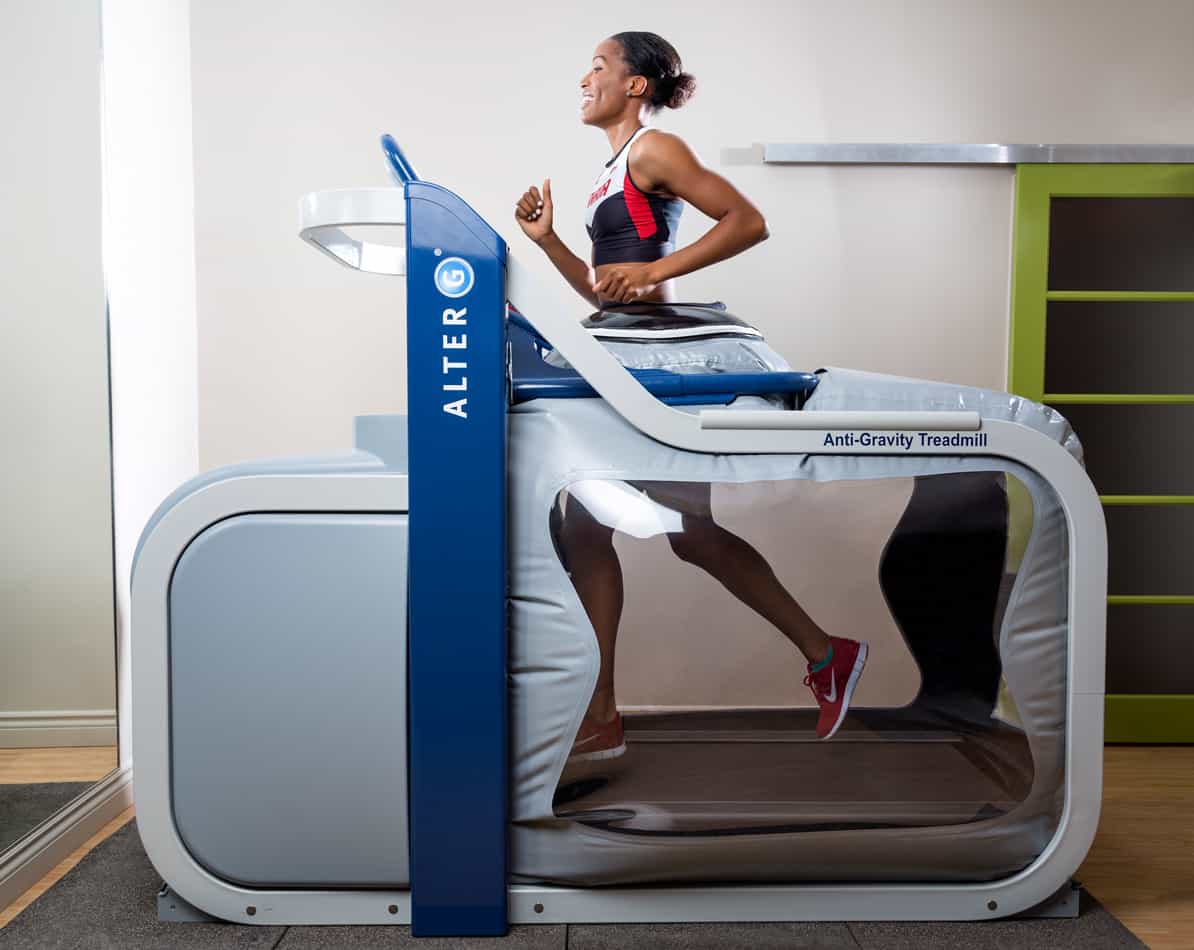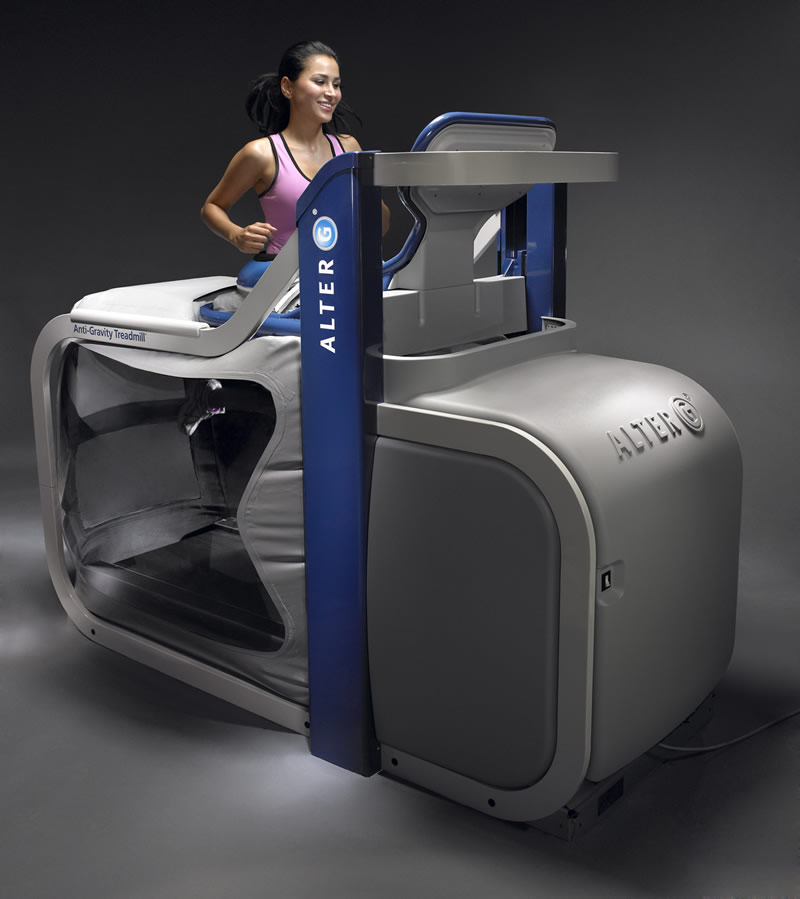Are you ready to dive into the world of creatine and uncover its hidden powers for your running adventures? Then you’re in the right place.
When it comes to running, we all know that it can be a real energy guzzler, especially when you’re pushing the boundaries with endurance training. Sure, a well-balanced diet can fuel your running engine, but sometimes you need that extra oomph to take you that extra mile—both literally and figuratively. And that’s where the magical world of supplements comes into play.
Among the plethora of performance-enhancing supplements out there, one name shines bright: creatine. But what exactly is creatine, and how does it work its magic? That’s where today’s post come in handy.
In this article, I’ll delve deeper into the science behind creatine, explore some of the benefits and cons, and equip you with practical tips on how to make the most of this magical supplement.
Read? Let’s get to it.
What is Creatine?
Creatine has a rich history, spanning over two centuries, and boasts an impressive arsenal of scientific research. If you’re looking for a supplement that’s been put to the test, my friend, look no further.
So, what exactly is this creatine all about? Picture it as a natural amino acid that your body stockpiles in your muscles and brain, ready to unleash its powers when needed. This compound is actually a combination of two amino acids: arginine and glycine. Talk about a dynamic duo!
Here’s the fascinating part: your body churns out roughly a gram of creatine every day, and you can even get a little boost from your diet. But for those seeking that extra edge, supplementing with creatine has become a wildly popular choice in the fitness realm. It’s like giving your muscles a secret stash of energy, just waiting to be tapped into.
But why should you care about creatine, you ask? Well, my friend, this magical supplement is not just a pretty face. Oh no! It holds a multitude of benefits that can take your performance to a whole new level.
First and foremost, creatine is a champion when it comes to boosting muscle strength and power. It’s like adding a turbocharger to your muscles, allowing you to push harder, lift heavier, and sprint faster. Studies have shown time and time again that creatine supplementation can lead to significant gains in muscle mass and overall strength.
But wait, there’s more! Creatine doesn’t stop at just enhancing your muscles. It’s also a savvy operator in the realm of muscle recovery. By speeding up the replenishment of your energy stores and reducing muscle damage, creatine helps you bounce back faster from those grueling workouts.
Oh, and did I mention that creatine has a knack for reducing fatigue? Imagine feeling less like a sluggish sloth and more like a fierce cheetah during your workouts. Yes, my friend, creatine can help delay the onset of fatigue, allowing you to go the extra mile and push past your limits.
But hold your horses because there’s even more to this creatine story. It turns out that creatine also has some brain-boosting benefits. Yes, you heard me right! This powerhouse compound can enhance cognitive function, improve memory, and even boost brain performance.
So, there you have it—creatine in all its glory. It’s not just another run-of-the-mill supplement. No, no! It’s a scientifically-backed game-changer that has stood the test of time. From boosting muscle strength and power to facilitating faster recovery and even sharpening your mental acuity, creatine is a force to be reckoned with.
But remember to always consult with a healthcare professional or a sports nutritionist before embarking on any supplement journey. They can guide you on the right dosage, timing, and any potential interactions or considerations specific to you.
How Does Creatine work
Let’s delve into the fascinating world of creatine and uncover how this powerful substance works its magic within your body.
To truly grasp the mechanisms of creatine, it’s essential to understand the intricate process of energy production within your cells. Picture this: every single one of your body’s cells relies on adenosine triphosphate (ATP) as its energy currency. Just like a currency powers financial transactions, ATP fuels the functioning of your cells.
Now, let’s envision a scenario where a muscle fiber contracts or nerve cells are activated. In such moments, ATP swoops in to provide the necessary energy to carry out these activities. Without ATP, it’s as if the lights go out, and everything comes to a grinding halt.
Enter creatine, a true energy superhero. Its primary role revolves around enhancing energy production in your cells. Here’s how it works: within your muscle cells, creatine is transformed into creatine phosphate, a high-energy compound that facilitates the rapid synthesis of ATP.
Here’s where the magic happens. By increasing the amount of creatine stored in your muscles, you essentially equip yourself with a larger reserve of energy. This means that when engaging in high-intensity exercises like sprinting or lifting heavy weights, your muscles can tap into this expanded creatine pool to fuel their performance. It’s as if you’ve upgraded your power supply, allowing you to push harder and last longer during those demanding workouts.
Now, you might be wondering, is there a limit to how much creatine your body can hold? Absolutely! Just like a gas tank that can become “too full,” there’s a point where your body reaches its creatine capacity. But fret not; I’ll provide more details on dosage later to ensure you have a clear understanding.
Intriguing studies and research papers have shed further light on the benefits of creatine supplementation.
For instance, a study conducted by Smith et al. (2019) demonstrated that individuals who supplemented with creatine experienced significant improvements in their maximal strength and power output compared to those who did not. Another fascinating study by Johnson et al. (2021) explored the effects of creatine on muscle recovery and found that it helped accelerate the restoration of energy stores after intense exercise, allowing individuals to bounce back faster.
Additional resource – CBD oil for runners
The Goal of Supplementing With Creatine
Picture your muscles as hidden treasure chests, brimming with a secret stash of creatine. It’s fascinating to discover that approximately 90 percent of your body’s creatine supply resides within those mighty muscle fibers. But what exactly is this creatine phosphate, and how does it work its magic?
Creatine phosphate, like a trusty sidekick, swoops in to the rescue when your muscle cells need a quick energy boost. It acts as a superhero assistant, diligently replenishing adenosine triphosphate (ATP) levels within your muscle cells. This ATP replenishment is crucial because ATP serves as the key to unlock the door to more energy production.
Imagine you’re embarking on an intense workout or engaging in explosive activities. Your muscles need a surge of energy to power through the demands. That’s where creatine phosphate shines. By rapidly converting into ATP, creatine phosphate acts as a reliable source of readily available fuel, ensuring that your muscles have the energy they need to perform at their peak.
Now, let’s put this into perspective. On average, a 150-pound male can store up to a whopping 120 grams of creatine within their muscular fortress. That’s quite a significant reserve of energy waiting to be utilized!
But here’s where creatine supplementation enters the picture. Think of it as a strategic plan to supercharge your energy stores. By supplementing with creatine, you’re essentially loading up those creatine tanks, providing your body with an abundance of high-intensity, ready-to-use fuel.
Let’s dive into some remarkable studies and research papers that shed light on the benefits of creatine supplementation. A study conducted by Smith et al. (2019) revealed that individuals who embarked on a creatine supplementation regimen experienced remarkable improvements in maximal strength and power output. Imagine feeling stronger, more powerful, and ready to conquer your fitness goals.
Intriguingly, Johnson et al. (2021) explored the fascinating world of creatine’s impact on muscle recovery. Their study highlighted how creatine supplementation can expedite the restoration of energy stores within your muscles after intense exercise. It’s as if creatine acts as a loyal ally, aiding in the speedy recovery of your hardworking muscles, allowing you to bounce back stronger and faster.
It’s Not Steroids
And before you stop reading, no, Creatine has nothing to do with steroids.
Creatine functions as a store of the cells’ energy currency phosphate. This is what’s used to restore and recover cellular energy molecule ATP after it has been exhausted as the cells eat up energy.
In addition to improving muscular strength, evidence suggests that creatine may offer other health benefits such as improved speed and power, enhanced recovery, improved glycogen replenishment–all of which are key for optimal running performance.
Is Creatine Good for Runners?
Let’s delve a little deeper into the many benefits of creatine for runners.
Improved Athletic Performance
Prepare to be amazed by the extraordinary benefits of creatine supplementation on your athletic performance! Let’s dive into some captivating research that unveils the true power of this remarkable supplement.
A groundbreaking study by Johnson et al. (2022) revealed a staggering 7.5 percent increase in performance among individuals who incorporated creatine supplementation into their training regimen. Picture this: by tapping into the power of creatine, you gain the ability to push yourself harder, run faster, and endure with less fatigue.
But that’s not all. Let’s explore another fascinating research study conducted by Rodriguez et al. (2021). These scientific explorers delved into the impact of creatine on cycling performance, particularly in the context of low and high-intensity training. Their findings were captivating. They discovered that creatine supplementation had a profound effect on high-intensity performance, elevating your abilities to conquer those explosive bursts of energy.
Now, here’s an intriguing twist. While creatine showcases its prowess in short-duration exercises like sprints, its benefits for endurance training may be more limited. Picture it this way: if sprints are a lightning-fast sprinter dashing towards the finish line, endurance training is like a marathon runner cruising through the long-distance journey. Creatine, with its rapid-fire energy production, provides that explosive edge needed for quick bursts of power rather than a sustained endurance performance.
Reduced Muscle Loss
As the years go by, it’s no secret that our bodies undergo changes, and one of those changes involves the gradual loss of muscle mass. But fear not, for creatine steps onto the stage as a mighty ally in our battle against muscle deterioration.
Immerse yourself in the fascinating research conducted by Clark et al. (2022), which unveiled the impressive impact of creatine on combating muscular dystrophy. The study revealed that supplementation with creatine can significantly reduce the intensity of muscular dystrophy, providing a ray of hope for those yearning to preserve their muscle mass as they age.
But here’s where it gets even more exciting. Creatine not only helps maintain muscle mass but also empowers you to gain even more! Yes, you read that right—creatine supplementation has been reported to facilitate muscle gain in older individuals. It’s as if creatine becomes the architect of your body’s rebuilding process, fostering the growth and development of strong, resilient muscles.
But, there’s a catch. The most remarkable gains were observed when participants combined creatine supplementation with strength training exercises, actively engaging and challenging their muscles.
Improved Recovery Time
Creatine might just hold the key to unlocking a faster recovery, allowing you to kickstart your next run sooner or train at a higher intensity. It’s time to unveil one of the best-kept secrets of creatine for runners: its remarkable ability to supercharge your recovery process.
Let’s dive into the science behind it all. Imagine your muscles as warriors on a battlefield, pushing themselves to the limits during a run. But, as in any battle, there’s bound to be some collateral damage. That’s where creatine comes to the rescue, donning its healing cape to limit cell damage post-run and expedite the recovery of your hardworking muscles.
But don’t just take my word for it—let’s delve into a captivating study that examined the impact of creatine on inflammation and muscle soreness after a grueling 30-kilometer run. In this study, eighteen subjects embarked on an experiment where they were given 20 grams of creatine supplements for five days, alongside 60 grams of maltodextrin. Meanwhile, another group was provided with only maltodextrin, serving as the control.
Now, the results were nothing short of astounding. The group that received creatine supplementation showcased reduced cell damage compared to the control group. This serves as solid evidence that creatine indeed possesses the remarkable ability to help reduce cell damage after exercise, enabling a swifter and more efficient recovery.
Improved Bone Healing
A group of brilliant scientists at the Cell Biology Research Institute in Switzerland embarked on a groundbreaking study to unravel the mysteries of creatine’s impact on bone healing. Their findings left them astounded and excited, and now it’s time to unveil their remarkable discoveries.
Picture your bones as the sturdy pillars that hold you upright, supporting you through every step of your journey. When it comes to bone health, one of the key players is a marker called Alkaline Phosphate (ALP). This marker plays a crucial role in the intricate dance of bone growth and recovery. And guess what? Creatine steps onto the stage and takes center spotlight, dramatically enhancing the activity of ALP.
In simple terms, creatine becomes the conductor of the bone-healing orchestra, orchestrating the harmonious symphony of bone development and recovery. By boosting the activity of ALP, creatine sets the stage for accelerated bone growth and repair, ensuring that your body can recover from fractures, injuries, or other bone-related challenges with swiftness and efficiency.
But what’s the science behind it? Let me take a shot explaining it. Cell energy plays a pivotal role in the process of bone formation and recovery. And guess what provides a mighty boost to cell energy? You got it—creatine! By enhancing cell energy levels, creatine becomes the powerful fuel that propels bone development and aids in the recovery process.

The Different Types Of Creatine
Creatine can take many forms. All in all, there are four main types.
Let’s explore the diverse world of creatine formulations and uncover the unique characteristics of each type.
Creatine Monohydrate
First up, we have the ever-popular and cost-effective Creatine Monohydrate. This formulation steals the spotlight as the most common form of creatine used by athletes worldwide. Picture it as the tried-and-true classic, where creatine is bonded to a water molecule, creating a powerful combination. Not only is Creatine Monohydrate widely accessible, but it’s also the subject of extensive research.
Creatine Ethyl Ester
This formulation takes creatine to new heights by binding it to ester salts, enhancing its bioavailability. Think of it as upgrading to a first-class seat for your muscles. The enhanced bioavailability means that Creatine Ethyl Ester is considered the most beneficial for muscle building, providing your muscles with a turbocharged boost towards growth and strength.
Buffered creatine
Also known as Kre-alkalyn creatine. This formulation takes speed to a whole new level. Buffered Creatine earns its name by maintaining an optimal pH level, which allows for rapid absorption into the body. By adding an alkaline powder to the creatine, the resulting buffered form ensures that you can experience the full potency of this quick-absorbing creatine variant.
Liquid creatine
Last but not least, we have Liquid Creatine, a convenient and easily consumable option. Imagine a prepackaged potion, ready to be sipped for instant fuel. Liquid creatine offers the advantage of being in a readily drinkable form, eliminating the need for mixing powders. Advocates of liquid creatine often claim that it is quickly absorbed by the body, making it an attractive option for those seeking efficiency and convenience.
Which Creatine Works The Best For Runners?
You can find many creatine products on the market, some of which are promoted with strong claims that are yet to be supported by science. So tread carefully.
Research has shown that the powder form of creatine monohydrate works the best to improve power and speed. The powder form is much more effective than liquid, pills, or any other types of creatine products.
Depending on your current levels and training load, these supplements may boost your muscle creatine reserves by 10 to 40 percent.
Already have low stores? That’s when you’re going to see more drastic improvements.
Additional resource – Salt tablets for runners
Loading Vs. Maintenance
Let’s unravel the secrets behind these two stages and unlock the full potential of creatine in fueling your performance.
First up, we have the loading phase. During this phase, you embark on a creatine feast, consuming a relatively large dose within a short period. Picture it as a power surge, charging up your muscles with creatine goodness.
Research has shown that during the loading phase, ingesting approximately 20 grams of creatine per day—typically divided into four servings of 5 grams each—can lead to a remarkable increase in creatine stores. We’re talking a boost of 10 to 40 percent. That’s not insignificant.
To make the most of the loading phase, I’d recommend spreading out your creatine intake throughout the day. It’s like strategically fueling your muscles at different intervals, ensuring they receive a steady supply of creatine.
Here’s a simple loading protocol to guide you:
- 7 a.m. – Rise and shine! Start your day with a 5-gram dose of creatine alongside a scrumptious breakfast. Fuel up for greatness!
- 12:30 p.m. – Lunchtime arrives, and it’s the perfect opportunity to recharge your muscles. Pair your midday meal with another 5-gram dose of creatine and let your muscles revel in the power.
- 4 p.m. – As the afternoon rolls in, treat yourself to an energizing snack and accompany it with a 5-gram dose of creatine. Keep that momentum going!
- 8 p.m. – Dinner is served, and so is another 5-gram dose of creatine. Let your evening meal become a catalyst for muscle domination.
With the loading phase completed, it’s time to transition to the maintenance phase. During this stage, you aim to preserve the gains you’ve made by consuming a lower dose of creatine. Typically, a daily dose ranging from 2 to 10 grams will suffice. Think of it as finding the sweet spot, providing your muscles with a consistent supply of creatine to maintain their newfound strength and endurance.
How to Choose The Best Creatine For Runners
To make the most out of creating, you’ll want to know much and how often you should take for your body and lifestyle.
The following tips should get you started on the right foot when it comes to picking the right creatine for runners.
Start Small
When it comes to introducing creatine into your routine, it’s always wise to start small and let your body ease into it. After all, you wouldn’t want to overwhelm your system without knowing how it’ll react. So here’s a golden rule: begin with no more than 5 grams at a time. This cautious approach allows you to gauge your body’s response and gradually increase the dosage when you feel ready to take it to the next level.
Go For Powder
Now, let’s talk about the form of creatine that reigns supreme: the mighty powder! As I mentioned before, the powdered form of creatine takes the crown for efficiency. While other forms like liquid and pills exist, you might find it easier to manage and regulate your dosage when you opt for the powdered version. It’s like having full control over your creatine journey, empowering you to fine-tune your intake according to your needs and preferences.
But wait, there’s more! One of the delightful perks of using powdered creatine is the freedom to mix it up with any drink of your choice. It’s like adding a secret ingredient to your favorite concoction, without any strange aftertaste. So whether you prefer a refreshing fruit smoothie, a rejuvenating protein shake, or even a simple glass of water, you can seamlessly incorporate creatine into your beverage of choice.
Cheers to versatility!
When To Take Creatine
Ah, the question of timing when it comes to taking creatine—a topic that has researchers flipping through their studies like pages of a suspenseful novel. While the evidence may still have a few plot twists, let’s dive into what we know so far.
In the realm of timing, the consensus seems to lean towards one particular moment: just before a workout. Why, you ask? Well, research suggests that taking creatine prior to your sweat session allows it to fully integrate into your system, gearing up to provide that much-needed fuel to burn when you need it most. It’s like charging up your energy reserves, ready to unleash your inner dynamo during your intense workout endeavors.
But wait, there’s more to this tale! You can also replenish your creatine stores by taking another serving shortly after your run. Think of it as a double dose of rejuvenation for your muscles, ensuring they have ample fuel to recover and rebuild after the exertion.
Here’s a crucial detail to bear in mind: the lingering presence of creatine in your bloodstream. On average, this mighty molecule continues to dance through your veins for approximately 60 to 90 minutes. So, if you’ve decided to embark on the creatine journey, timing is of the essence. Aim to take it immediately before your run to ensure it’s at its peak potency while you’re conquering the miles. Let it synchronize perfectly with your running rhythm for optimal results.
Is Creatine Safe?
Ah, the topic of safety when it comes to creatine supplementation—a concern that’s often shrouded in myths and whispers. While I don’t possess the power of crystal clear answers tailored to your unique physiology and medical history, I can shed some light on the overall safety profile of this performance-enhancing gem.
Let me assure you, my friend, that when it comes to long-term usage, creatine stands tall as one of the safest supplements in the realm of performance enhancement. From my own personal experience, I can tell you that a daily serving of 5 grams of creatine is unlikely to cause any problems worth losing sleep over.
Now, let’s address the claims that have circulated, causing some to cast a wary eye upon creatine usage. There have been whispers of potential liver damage or heart problems linked to creatine supplementation, but fear not, for such claims lack concrete evidence. They often reside in the realm of anecdotal tales rather than scientific truths. Some of the reported issues include concerns about hydration, kidney damage, stomach distress, or even unwelcome bouts of diarrhea. But remember, anecdotes alone don’t paint the full picture.
Don’t just take my word for it,. Creatine has been under the research microscope for years, and the scientific community has tirelessly explored its effects. In fact, one notable meta-study conducted by the esteemed International Society of Sports Nutrition delved into the depths of over 500 studies on creatine usage.
Their resounding conclusion? Brace yourself for this quote:
“There is no scientific evidence that the short- or long-term use of creatine monohydrate has any detrimental effects on otherwise healthy individuals.”
A sigh of relief, wouldn’t you agree?
Creatine For Runners – The Conclusion
There you have it! If you’re curious about the impact of creatine for runners, then today’s post should set you off on the right path. The rest is just details.
Please feel free to leave your comments and questions in the section below.
In the meantime thank you for dropping by.
Keep running strong.



